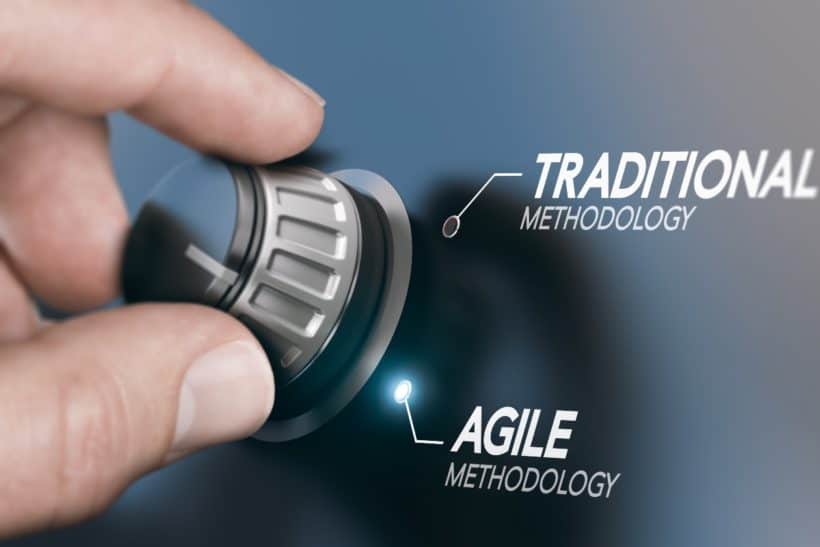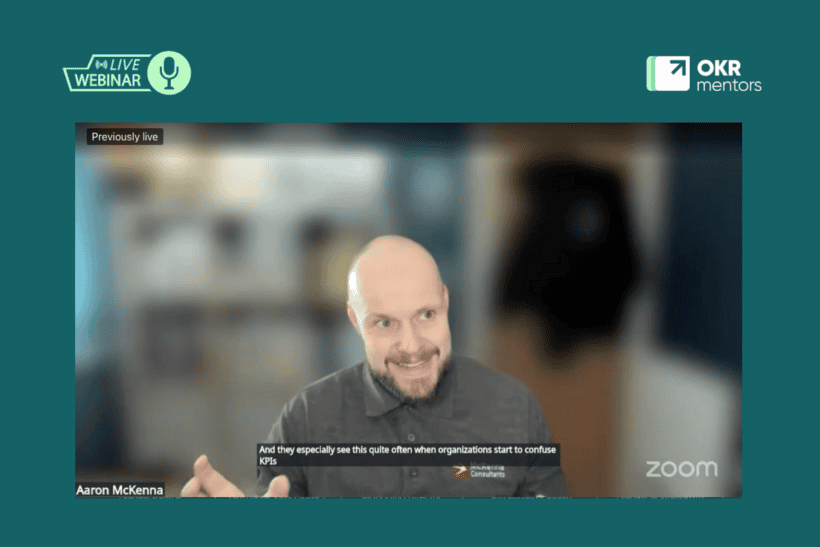In May 2020, the 14th Annual State of Agile Report revealed that “95% of respondents report their organizations practice Agile development methods”, yet “82% of respondents indicated that not all of their company’s teams have adopted Agile practices signalling that there is still growth to come for enterprise Agile adoption.”
If you’re about to transition from waterfall to agile development, thinking about transitioning, or in the midst of a transition, continue reading to find out more about the Waterfall journey from the 1970’s to today.
What is Waterfall Development?
In the 1970’s whitepaper, Managing the Development of Large Software Systems, Winston Royce first described what is now commonly referred to as “Waterfall” development.
Waterfall development is a linear approach to product development, following the implementation steps from the system requirements, through to operations.
Waterfall’s Bad Reputation
Over the years, Waterfall development has had a challenging reputation in modern-day product development as being slow, lacking quality, risky, and “not what the cool kids in Silicon Valley do”. Even Winston Royce knew this back in 1970 stating that the implementation is “risky and invites failure.”
So, if the pioneer of the Waterfall model knew of the limitations, why are there still so many companies working in this way? For the most part, this is answered by “this is how we’ve always done things”.
Waterfall Development For Businesses Today
Waterfall is a perfectly fine way to build products – in the 70s and 80s – and is still adequate today if you have a known, stable set of requirements and are operating in a predictable, steady environment that is immune to, or heavily protected against, any external forces or changes… but how many organisations have that luxury?
What is Agile Development?
Agile development is a product development mindset focused on quickly delivering value to customers at a sustainable pace. It is often referred to as iterative development and is often made up of practices to foster and enable collaboration through empowered, cross-functional, self-organising teams.
The term “Agile” first came to prominence in the Agile Manifesto in 2001. This is a set of four values and 12 principles that enable software development teams to deliver high quality solutions to their customers quickly and sustainably. These values and principles are just as applicable to any kind of product or service development, not just software.
What are the Benefits of Transitioning to Agile?
There are many benefits of applying an agile development mindset and practices to your development process. However, before you even start the process, make sure that you understand your reason why.
Agile is not a silver bullet and will not magically solve all of your problems. There are likely more failed Agile transformations than there are successful ones due to people doing it for the wrong reasons.
Adopting agile successfully requires investment (in training, coaching, communication, organisational change in some cases), a strategy and implementation plan, commitment, discipline and a compelling vision to inspire the organisation.
[Case Study] A Telecommunication Company Transitions to Agile >
Top 5 Benefits of Agile
If you’re happy that you’ve got that in place (or you’re on your way), then the top 5 benefits of agile reported by organisations are:
- Ability to manage changing priorities
- Project visibility
- Business/IT alignment
- Delivery speed/time to market
- Team morale
Start Your Transition To Agile Today!
When you’re ready to transform your organisation to agile, consider starting off by mapping your journey with a roadmap. If you require a partner, or just want to talk to someone who has done the transition from waterfall to agile before, then McKenna Agile Consultants are here for you. Get in touch with one of our team.


